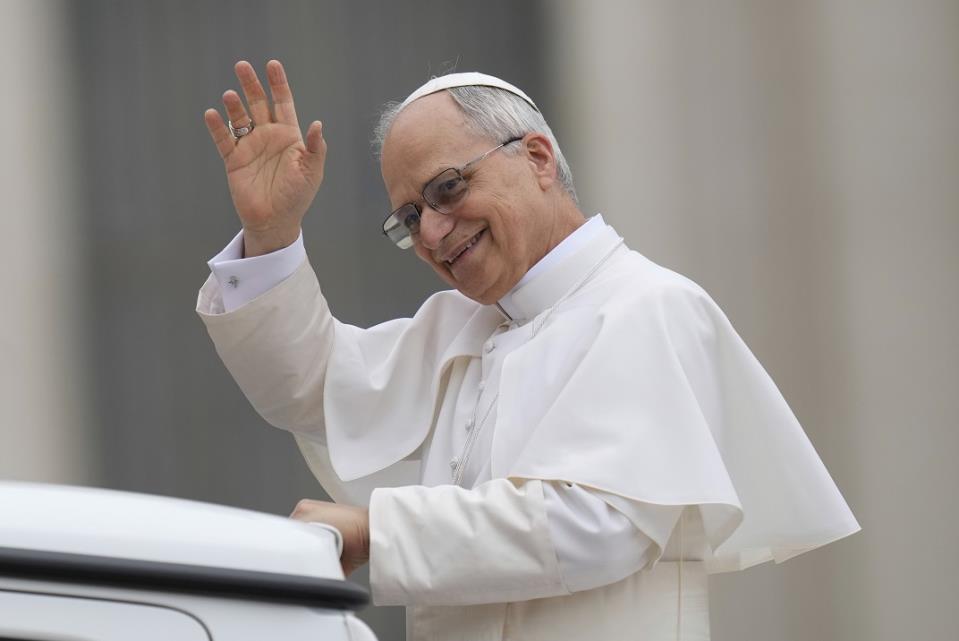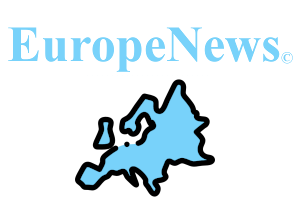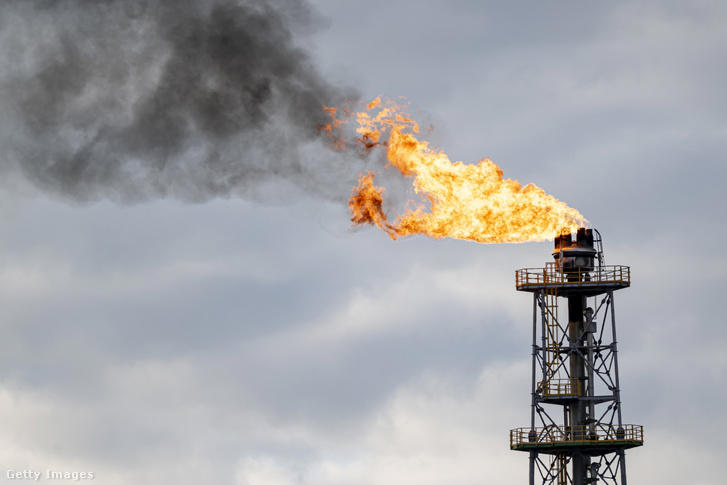
The Pope is not merely a spiritual shepherd to the world’s 1.4 billion Catholics; he is also a political figure whose influence radiates beyond the Vatican’s walls. Throughout history, the papacy has shaped, challenged, and echoed the socio-political climates of its time. From Pope Leo XIII’s engagement with workers’ rights to Pope John Paul II’s role in toppling Soviet communism, the office has been a crucible of both faith and global policy.
The election of the first American pope, who has taken the name Pope Leo XIV, has given a new meaning to this dual identity. At a time of deep ideological divides, the choice of an American as the Bishop of Rome signals a shift that is both religious and political. What does this development mean for the Church, for America, and for the balance of global power?
Papal power and global influence
The Pope’s political influence stems from his moral authority. His pronouncements on peace, justice, poverty, and climate change ripple through diplomatic circles and shape the policy discourse. As the spiritual leader of the Catholic Church, the Pope also serves as the head of the Vatican City State, making him a sovereign in international law. His speeches are monitored by world leaders, his trips to conflict zones are laden with diplomatic messaging, and his encyclicals become global talking points.
Thus, the Pope is not apolitical. Indeed, the modern papacy has increasingly taken on activist dimensions. Pope Francis spoke forcefully on issues like economic inequality, the refugee crisis, and climate change. His stance on these matters often placed him at odds with populist and nationalist movements.
A historical parallel: Pope John Paul II and the Cold War
To understand the political weight a pope can carry, we need only revisit the legacy of Karol Wojtyła – Pope John Paul II. As the first non-Italian pope in over four centuries, and the first Slavic pontiff, his election in 1978 was both symbolic and strategic. A native of Poland, John Paul II brought global attention to the plight of Eastern Europeans under Soviet domination. His 1979 visit to Poland inspired the Solidarity movement and galvanised resistance to communist rule.
Through moral suasion and subtle diplomacy, John Paul II emboldened both the Polish people and their leaders. He formed alliances with Ronald Reagan and Margaret Thatcher, contributing to a triad of conservative leadership that challenged Soviet expansionism. Just as John Paul II’s papacy aligned with and influenced the geopolitics of his era, so too might an American pope mould global dynamics in today’s fractured world order.
An American pope in a post-Trump world
The election of the first American pope comes at a time of unprecedented political volatility. The United States, long considered the “leader of the free world”, is also a nation roiled by internal division. The rise of Donald Trump and the right-wing populism he represents has deeply affected not just American politics but also global discourse on immigration, nationalism and climate policy. In this context, the election of an American pope feels loaded with subtext. Is the Church making a statement?
It is tempting to interpret Pope Leo’s election as a counterpoint to Trumpism. After all, Pope Leo has criticised US Vice-President JD Vance – Trump’s running mate and the most prominent Catholic in American politics – on social media. Their differing views on immigration and the environment, two cornerstone issues for the American right, highlight a stark contrast. Whereas the Trump-Vance ticket prioritises border security and downplays climate change, Pope Leo aligns more with the progressive wing of the Church, emphasising human dignity, refugee rights and environmental stewardship.
Would Leo have been elected if Trump had never risen to power? It is impossible to say definitively. But the Church does not operate in a vacuum. Its leaders are chosen with an eye to the needs of the faithful and the world. The cardinals who elected Leo might have seen in him a figure capable of both understanding and challenging the American political machine from within. In that sense, his election may be read as a deliberate response to the cultural and political battles currently raging in the United States.
The risks of American power
The election of an American pope also raises concerns about over-centralisation of global influence. The United States already exerts disproportionate power in international politics, finance, culture and technology. With an American now heading the Catholic Church, some fear this adds a religious feather to America’s imperial cap. Could Pope Leo be perceived as a Vatican mouthpiece for Washington?
Such concerns are not entirely unfounded. Historically, the papacy has tried to balance global representation. From Italian dominance in the pre-modern era to the election of popes from Poland, Germany and Argentina in the modern period, the Church has sought to embody its universality. An American pope, even one critical of American politics, might struggle to distance himself from the assumptions of American exceptionalism.
Yet Pope Leo seems to have anticipated this. By criticising prominent US Catholic figures like Vance, and taking strong stances on global concerns such as immigration and the environment, Leo is asserting his independence. He appears to reject the notion that his nationality defines his priorities. In a sense, he may be better positioned than anyone else to critique American policy – not as an outsider, but as a compatriot who understands its cultural DNA.
A divided Church and a divided world
Leo’s papacy also arrives at a moment when the Church itself is polarised. In the United States, conservative Catholics have aligned with the political right, embracing traditional values and opposing Pope Francis’ more inclusive approach. Meanwhile, progressive Catholics, particularly younger generations, have welcomed Francis’ emphasis on mercy, climate justice and social equity.
Leo inherits this fragmented ecclesial landscape. His American background could either exacerbate divisions or help bridge them. If he can show that being American does not mean endorsing American conservatism, he might win over sceptics abroad while also challenging his domestic critics to expand their view of what Catholic leadership can be.
A new chapter for the Church and the world
The election of Pope Leo marks a pivotal moment in the intersection of religion and politics. Like Pope John Paul II before him, Leo ascends to the papacy at a time of ideological conflict and geopolitical uncertainty. But unlike John Paul, whose enemy was a totalitarian regime abroad, Leo faces a different kind of battle: the crisis of nationalism, environmental degradation and moral relativism, much of it emanating from within his own homeland.
Whether his election was intended as a rebuttal to Trumpism or a broader attempt to re-centre the Church’s moral authority in a globalised yet fragmented world, one thing is clear: Leo’s papacy will be political. Not because he will govern like a president, but because the issues he addresses – human dignity, migration, the planet’s future – are deeply political questions.
In choosing an American, the Church may be signalling both a challenge and an opportunity. The challenge is to resist the co-option of the papacy by nationalist interests. The opportunity lies in using American prominence not to dominate, but to serve – to elevate the Church’s mission in an age that sorely needs moral clarity and compassionate leadership. Pope Leo’s path will not be easy, but it will be consequential. The world will be watching, and perhaps, listening.












